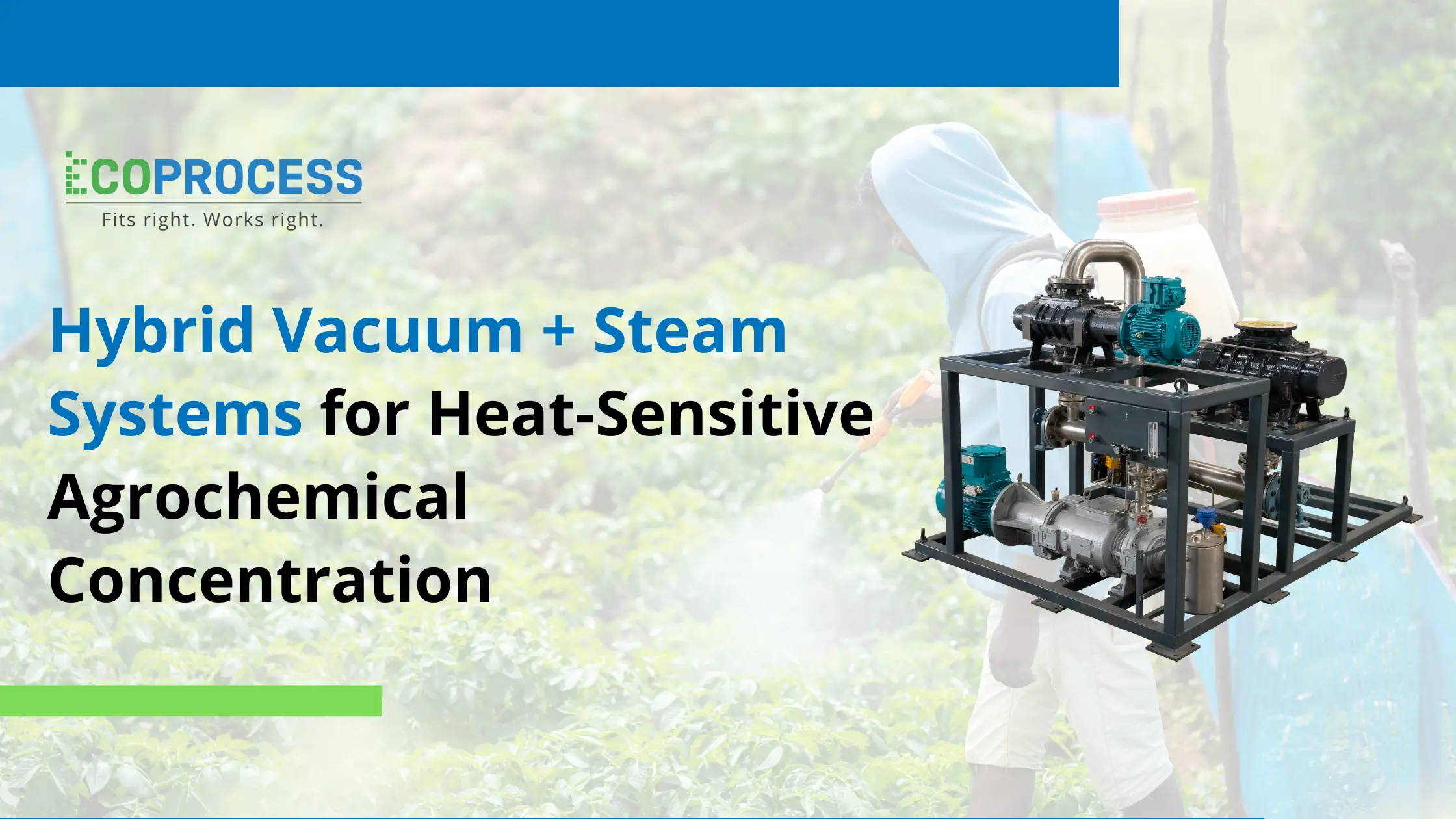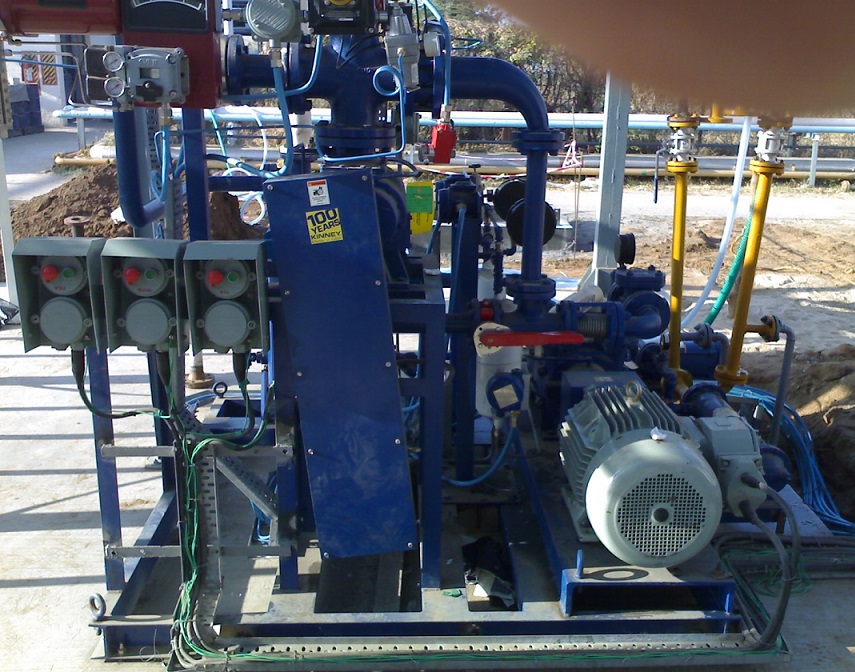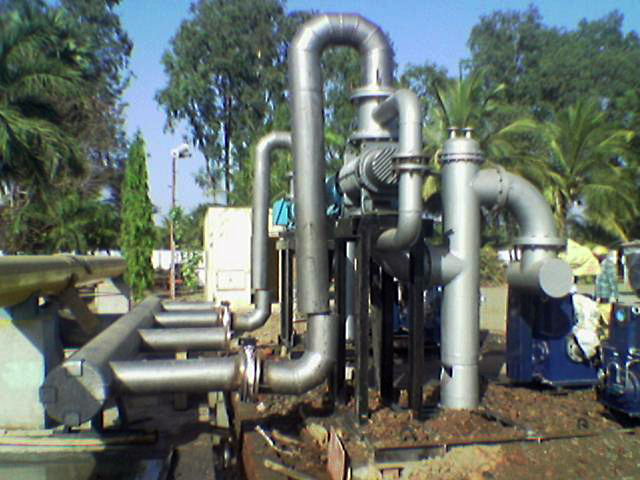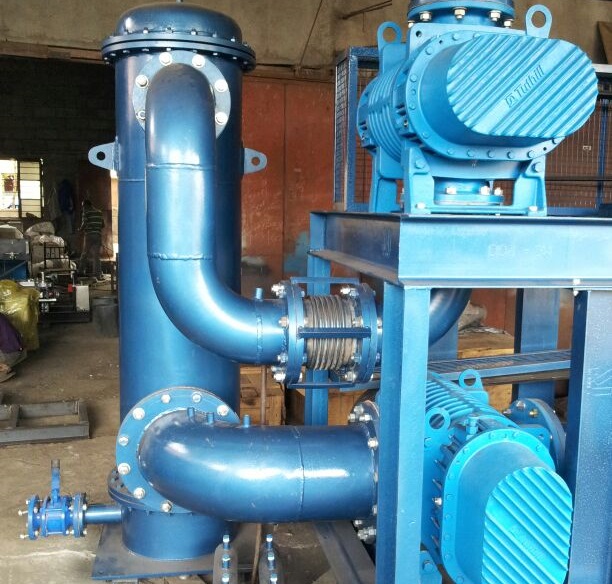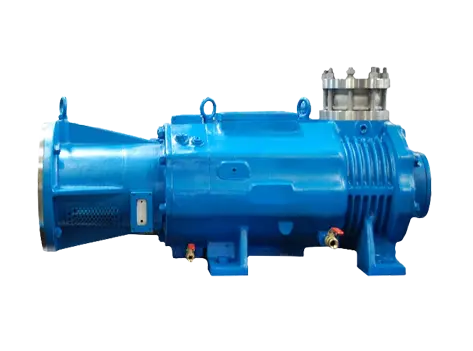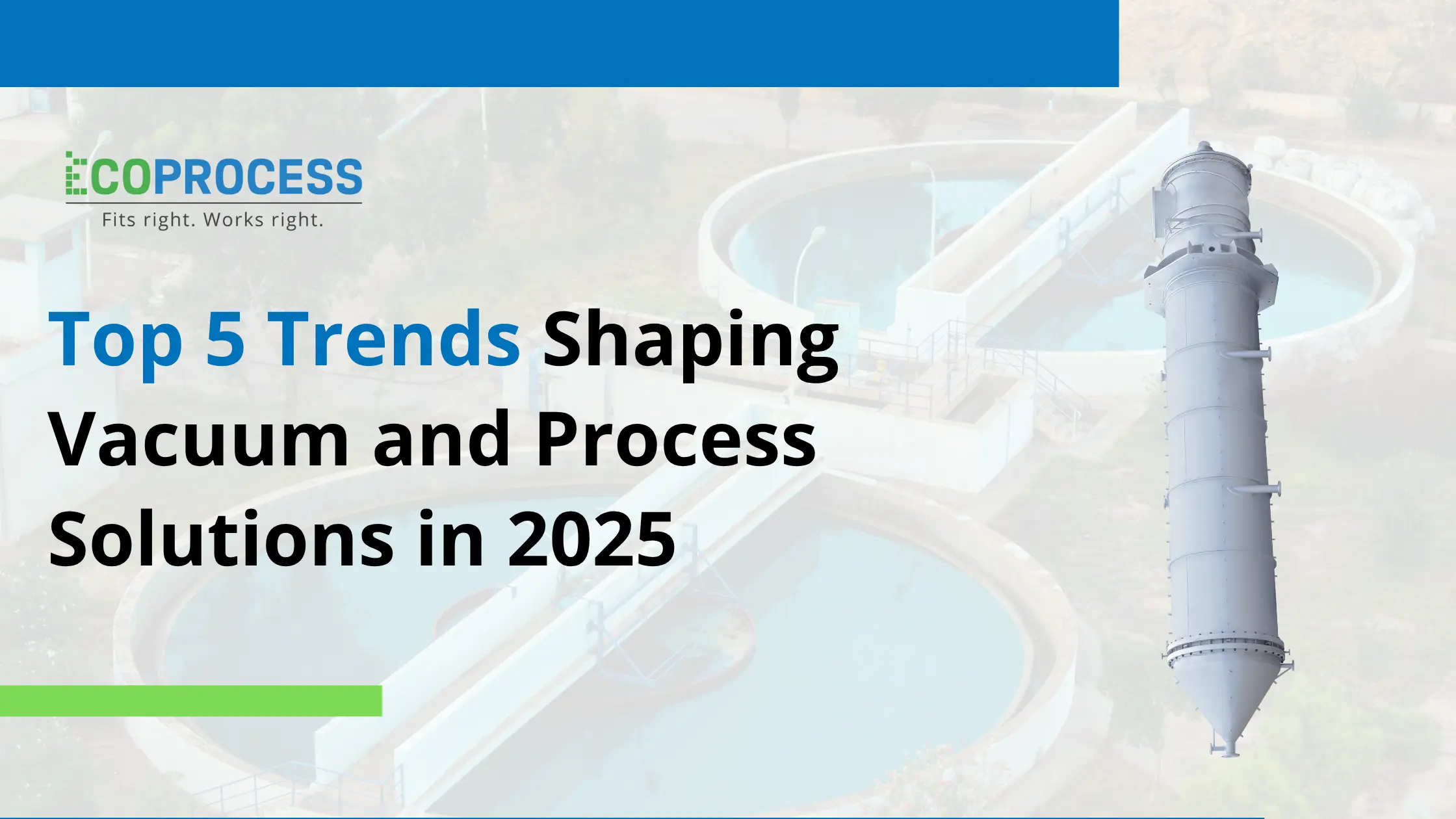
Top 5 Trends Shaping Vacuum and Process Solutions in 2025
The vacuum and process solutions industry is entering a new era, one defined by digital transformation, sustainability goals, and evolving manufacturing needs.
As sectors such as pharmaceuticals, chemicals, food processing, and semiconductors demand greater efficiency and lower emissions, 2025 is emerging as a pivotal year for innovation.
This article explores the top five trends redefining vacuum technology and process systems from smart connectivity and AI-driven maintenance to sustainable materials and energy-optimized designs.
Trend 1 – Digitalization and IoT
The integration of Internet of Things (IoT) and Industry 4.0 technologies is redefining how vacuum systems and process plants operate.
Smart Monitoring and Control
Modern IoT-enabled vacuum pumps are equipped with real-time sensors that continuously measure parameters such as pressure, temperature, vibration, and energy use. This data is transmitted to centralized dashboards, giving operators complete visibility into system health and enabling remote monitoring, leak detection, and performance optimization.
Predictive Insights
With advanced analytics, plants can transition from reactive maintenance to predictive maintenance. For instance, a connected vacuum pump can automatically flag early warning signs such as abnormal vibration or rising power consumption, allowing teams to intervene before costly downtime occurs.
Seamless Integration and Digital Twins
The rise of digital twin technology takes this further by simulating vacuum-system behavior in virtual environments. Engineers can model different operating scenarios, optimize performance, and schedule maintenance without disrupting production.
In 2025 and beyond, fully connected, self-optimizing vacuum systems will become standard across process industries enhancing reliability, energy efficiency, and plant intelligence.
Trend 2 – Sustainability and Energy Savings
In 2025, sustainability is no longer a corporate choice, it's an operational necessity. Vacuum technology is now at the center of industrial efforts to cut carbon emissions, reduce waste, and optimize energy use.
Energy-Efficient Pump Design
Next-generation vacuum pumps now feature variable frequency drives (VFDs) and intelligent control algorithms that dynamically adjust performance based on real-time process demand. These smart systems can lower power consumption by up to 35%, without compromising suction performance or reliability.
Waste Heat Recovery
Forward-thinking plants especially in chemical and pharmaceutical manufacturing — are recovering and reusing the heat generated during vacuum operations. By integrating waste heat recovery into broader utility systems, facilities can significantly improve overall thermal efficiency and lower total energy costs.
Eco-Friendly and Oil-Free Operation
The industry is rapidly shifting toward dry vacuum pumps, which eliminate oil contamination risks, reduce maintenance waste, and meet the tightening global environmental and safety standards.
In the sustainability-driven decade ahead, the focus will be on quantifiable outcomes lower CO₂ emissions, optimized power-to-output ratios, and closed-loop process integration positioning vacuum systems as key enablers of green manufacturing.
Trend 3 – Automation in Process Plants
Automation is rapidly transforming how vacuum and process systems are operated, monitored, and maintained. The shift toward smarter control architectures is unlocking new levels of precision, reliability, and safety across industrial environments.
Process Optimization
Modern automated control systems continuously regulate vacuum levels, flow rates, and temperature profiles to maintain peak efficiency and product quality. Real-time adjustments ensure stable operation even under fluctuating load or environmental conditions.
Reduced Human Intervention
In high-risk or sterile production settings, automation minimizes manual handling, enhancing both operator safety and process consistency. This is particularly valuable in pharmaceutical cleanrooms, semiconductor fabs, and food-grade manufacturing where contamination control is critical.
Integration with Robotics
Cutting-edge facilities are now combining automated vacuum systems with robotic process equipment from automated material transfer in bulk powder processing to robotic chamber cleaning in semiconductor applications.
By 2025, automation will move beyond isolated control loops toward plant-wide orchestration, where vacuum systems work in concert with conveyors, reactors, and dryers creating a fully integrated, self-optimizing production ecosystem.
Trend 4 – New Materials for Efficiency
Materials science is driving the next leap in vacuum technology performance, unlocking higher efficiency, reliability, and sustainability. Advances in coatings, composites, and surface engineering are redefining how systems withstand thermal, chemical, and mechanical stresses.
Advanced Coatings
Modern vacuum components increasingly feature ceramic and fluoropolymer coatings that minimize friction, resist corrosion, and prevent contamination. These surfaces not only extend equipment lifespan but also ensure cleaner operation in sensitive environments such as pharmaceuticals, semiconductors, and specialty chemicals.
Lightweight Composites
Innovative use of aluminum alloys and carbon-fiber-reinforced composites has reduced system weight while improving thermal conductivity and ease of maintenance. The result is more compact, energy-efficient designs that simplify installation and servicing.
High-Temperature Resilience
New material architectures enable vacuum systems to perform under extreme temperature and pressure conditions, meeting the demands of metallurgical, chemical, and battery-manufacturing applications.
By 2025, materials innovation will be a key differentiator delivering longer lifecycles, lower maintenance costs, and stronger sustainability performance across the global vacuum and process industry.
Trend 5 – AI and Predictive Maintenance
Artificial Intelligence (AI) is reshaping how vacuum and process systems are maintained and optimized. By combining machine learning with IoT and automation, plants are moving toward self-monitoring, self-correcting operations that maximize uptime and performance.
Self-Learning Algorithms
AI models analyze historical and real-time data to predict failures, recommend maintenance actions, and automatically adjust system parameters for optimal efficiency. Over time, these algorithms continuously refine their accuracy, turning data into actionable insights.
Reduced Downtime
Integrating AI with connected sensors enables predictive maintenance, cutting unplanned shutdowns by up to 50%. Instead of relying solely on time-based servicing, plants now intervene only when data indicates the need to extend component life and reduce cost.
Process Optimization
AI-driven control systems dynamically fine-tune vacuum pressure, pump speed, and energy input, achieving the ideal balance between performance and energy use.
As AI adoption accelerates, fully autonomous vacuum systems will become a reality capable of anticipating maintenance needs, optimizing operations, and enhancing reliability with minimal human oversight.
Conclusion
The future of the vacuum and process solutions industry is digital, data-driven, and sustainable. By adopting advancements in IoT integration, energy efficiency, automation, material innovation, and AI-powered maintenance, manufacturers can unlock higher uptime, lower operating costs, and greater compliance with environmental goals.
In 2025 and beyond, the most successful plants will be those that view technology not as an expense, but as a strategic enabler driving smarter operations, cleaner production, and a more sustainable industrial future.
Frequently Asked Questions (FAQs)
1. What are the biggest trends in vacuum systems for 2025?
The leading trends include IoT-enabled monitoring, energy-efficient dry pumps, AI-based predictive maintenance, advanced sustainable materials, and automation integration across process industries.
2. How is IoT impacting process solutions?
IoT technology enables real-time monitoring, remote control, and predictive analytics for vacuum and process systems, allowing operators to improve efficiency, optimize energy use, and reduce unplanned downtime.
3. What sustainable practices are emerging in vacuum systems?
Key sustainability innovations include energy recovery systems, variable frequency drives (VFDs) for adaptive power management, and oil-free, low-emission vacuum pumps that lower environmental impact and maintenance waste.
4. Are AI tools being used in maintenance?
Yes. AI-driven predictive maintenance analyzes sensor data to detect component wear, prevent breakdowns, and schedule service precisely when needed, boosting uptime and lowering lifecycle costs.
5. Which industries are leading in adopting these trends?
Sectors such as pharmaceuticals, chemicals, semiconductors, and food processing are at the forefront, investing in smart, sustainable, and automated vacuum and process systems to improve productivity and meet environmental goals.

